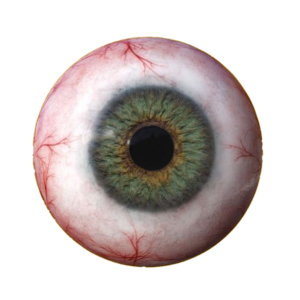

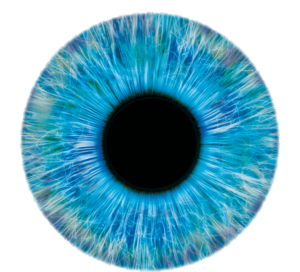

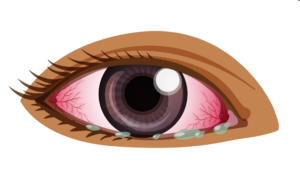
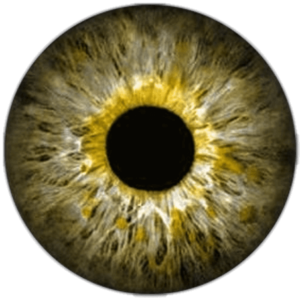
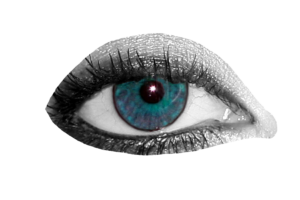

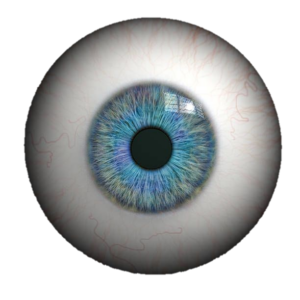


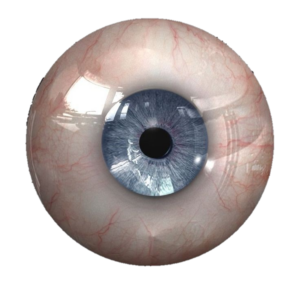

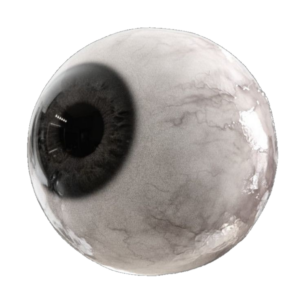

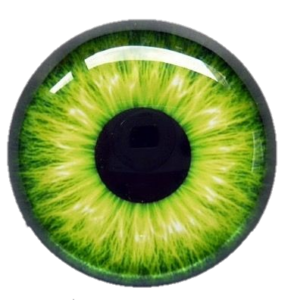
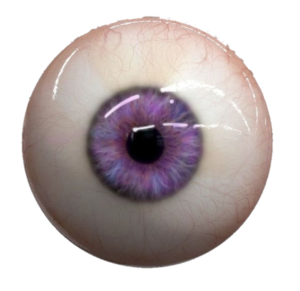

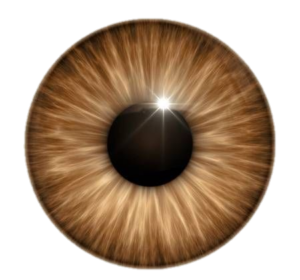
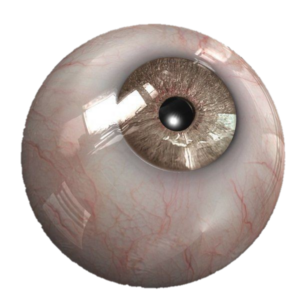
The human eye is an intricate and remarkable organ, often considered nature’s window to the world. It enables us to perceive the beauty and complexity of our surroundings, providing us with an invaluable tool for navigating through life. From the vibrant colors of a sunset to the intricate details of a tiny insect, the human eye plays a central role in our experiences, understanding, and appreciation of the world around us.
The human eye is a complex sensory organ that allows us to see objects in our environment. It consists of several interconnected components working together in harmony. The outermost layer of the eye is the cornea, a clear, dome-shaped covering that acts as a protective barrier and helps to focus light onto the inner parts of the eye. Behind the cornea is the iris, a colorful, muscular structure that controls the amount of light entering the eye through its adjustable pupil.
Beyond the iris lies the crystalline lens, which further focuses light onto the retina, the innermost layer of the eye. The retina contains millions of light-sensitive cells called photoreceptors, specifically rods and cones. Rods are responsible for low-light vision and are essential for night vision, while cones are responsible for color perception and detailed visual acuity in well-lit conditions.
When light enters the eye through the pupil, it is refracted and focused by the cornea and the lens onto the retina, where photoreceptors convert the light signals into electrical impulses. These impulses are then sent through the optic nerve to the brain, where they are processed and interpreted into meaningful images.
The human eye’s ability to perceive colors is a fascinating aspect of its function. The three types of cones in the retina are sensitive to different wavelengths of light, corresponding to the primary colors: red, green, and blue. The brain combines the signals from these cones to perceive the wide array of colors we encounter daily. Color vision enhances our world’s aesthetics and serves practical purposes, such as identifying ripe fruits or differentiating between objects.
Besides color vision, the human eye’s capability to adjust to varying light conditions is equally remarkable. The dilation and constriction of the pupil, controlled by the iris, allow us to adapt to bright or dim lighting environments. In bright conditions, the pupil contracts to limit the amount of light entering the eye, while in low-light situations, the pupil dilates to gather more light for improved visibility.
The human eye’s ability to focus on objects at different distances is due to the accommodation process. The crystalline lens changes its shape to adjust the focal length, allowing us to see objects up close and at a distance. This automatic adjustment enables us to shift our gaze from a nearby book to a distant landscape.
The significance of the human eye in our daily lives cannot be overstated. As the primary sense organ for vision, it provides crucial information about the world around us, ensuring our safety and enabling us to perform various tasks easily and precisely. From the moment we wake up in the morning until we sleep at night, our eyes are continuously at work, processing visual information and guiding our actions.
Beyond its practical utility, the human eye holds immense aesthetic and emotional value. Our eyes allow us to witness breathtaking landscapes, marvel at art, and experience the joy of seeing the faces of our loved ones. The beauty of a sunset, the sparkle in someone’s eyes, or the intricate details of a delicate flower—all of these experiences are made possible by the remarkable gift of vision.







Leave a Comment